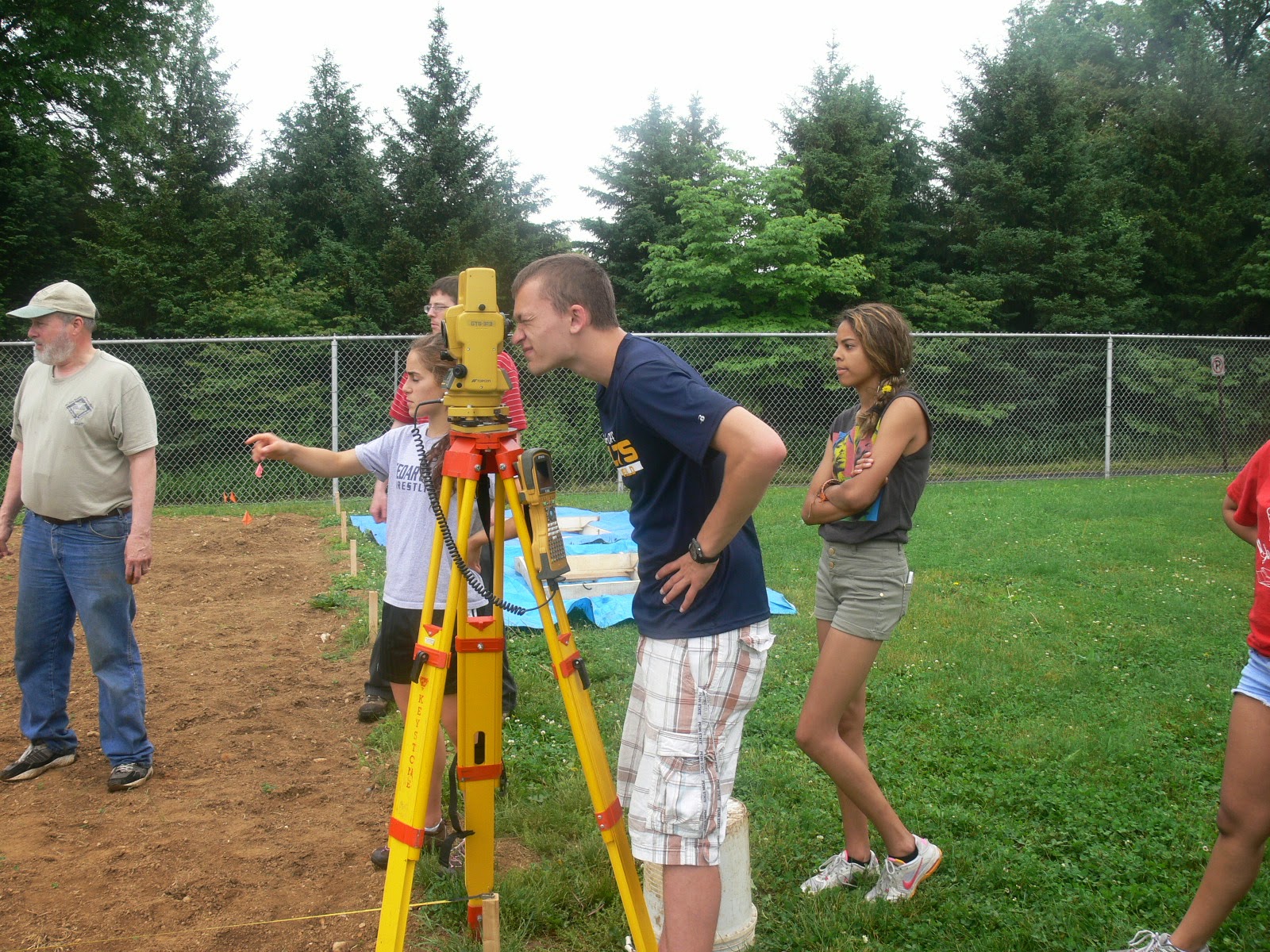out·reach
Outreach, as defined by Webster’s Dictionary, is an
important component to archaeology and one that we embrace fully here at The
State Museum. Museums are considered
educational institutions and one of our primary goals is to share archaeology
with the public in a format that is clear and informative. If you have not visited the Anthropology and
Archaeology gallery at the museum, or if it’s been a while, we invite you to
come and learn about our rich archaeological heritage in Pennsylvania.
Archaeologists have long involved the public in
their work. In fact, archaeology in its
early years largely consisted of enthusiastic, energetic, and knowledgeable
members of the general public with a keen interest and passion about the past—a
passion they readily shared with their local communities. Today, these knowledgeable individuals—who
today we call avocationals—are still very much with us, even as archaeology has
become more professionalized to meet the requirements of state and federal laws
regarding the remains of past peoples.
The word “outreach” is included in many of the agreements that federal
agencies enter into before starting a construction project, and this outreach
is a part of the archaeological studies that precede actual construction of
highways, sewage treatment facilities or development projects.
archaeologist at work ahead of a highway expansion project
Archaeologists recognize that their outreach efforts
are key to communicating with the general public as to why archaeology is done
prior to construction in the first place.
Outreach efforts help tie communities today with those that preceded them,
giving them a sense of local heritage—a heritage
that in some places goes back thousands of years with the American Indians that
first inhabited Pennsylvania and continues through European colonization and
the establishment of the United States.
archaeology display during the Kipona festival in Harrisburg
simulated archaeological dig conducted by high school AP history students
The forms that outreach can take are quite
diverse. This blog, itself, is an outreach
tool, but archaeologists also give lectures to the general public, run
workshops that allow people to touch actual objects from the past and meet with
those who do archaeology for a living. Many of these public programs are
conducted during active archaeological investigations.
grade schoolers participate in primitive tool use during Archaeology Day at the State Capitol
high school students engaged in the public archaeology program at Fort Hunter Mansion and Park
Archaeological outreach can start with very
young individuals, and many archaeologists work with teachers on the k-12
level. Archaeological outreach also
harnesses the latest technology. Some
archaeologists are using laser scanners to create 3D models of artifacts, for
example, that can be printed in 3D by anyone, even from the comfort of their
own homes. Digital archaeology, in one
form or another, enables people from across the world to join together and
appreciate Pennsylvania’s cultural heritage in a global context.
Lunch and Learn program at the State Museum of Pennsylvania
The Section of Archaeology often features many of
these outreach programs in our blog and an important event will take place
tomorrow, November 8, 2014, with our Workshops in Archaeology program. The focus of this year’s program is Climate
Change and the Archaeological Record.
Many noted professionals will be presenting their research for the
general public to understand how we examine the past to look for evidence of culture
change, often tied to climate change. Walk-ins are welcome!
attendees enjoying the Archaeology gallery during the Workshops in Archaeology program
We hope you have
enjoyed this glimpse into the daily activities of our department and invite you
to visit us at our programs throughout the year as we work to bring archaeology
into our communities.







No comments:
Post a Comment